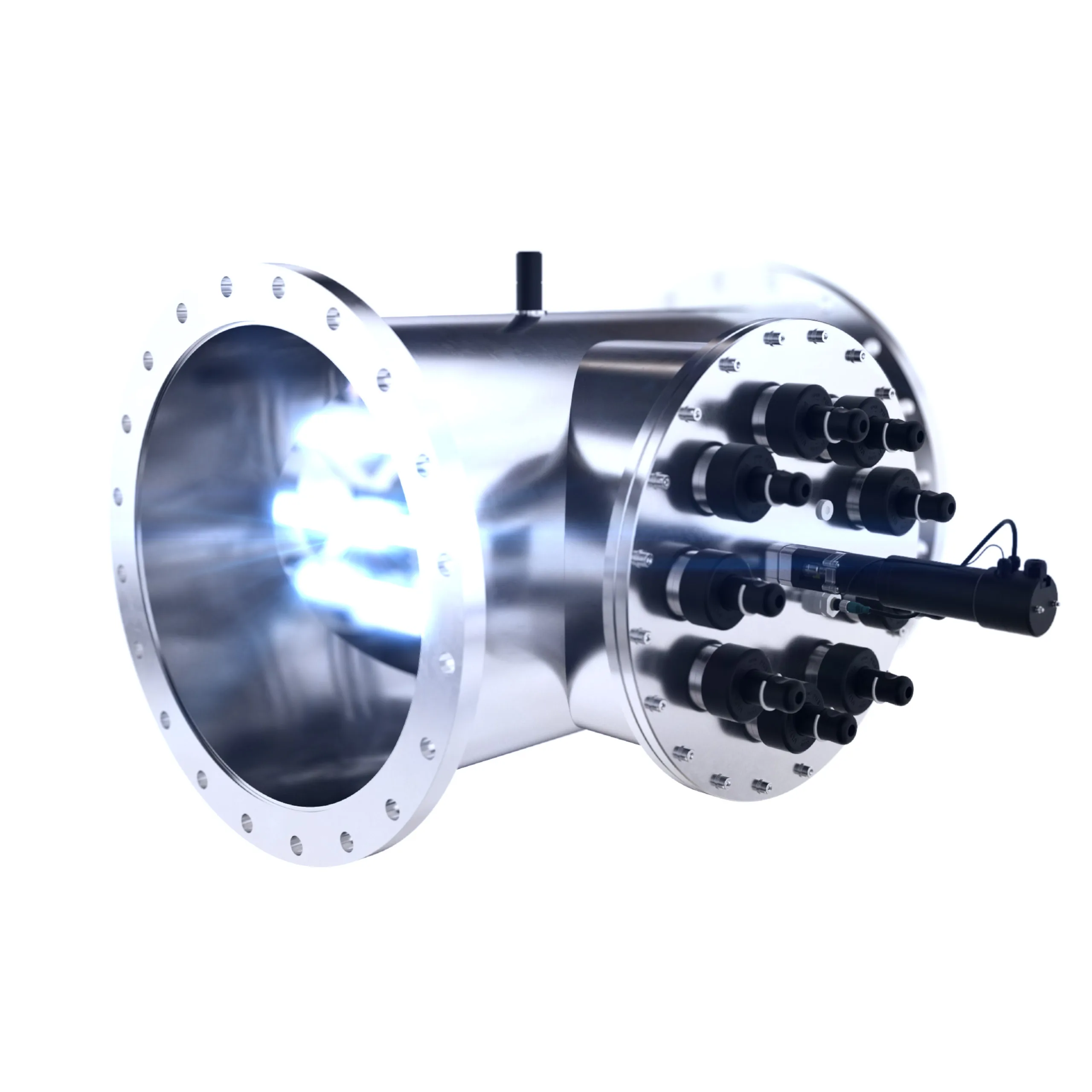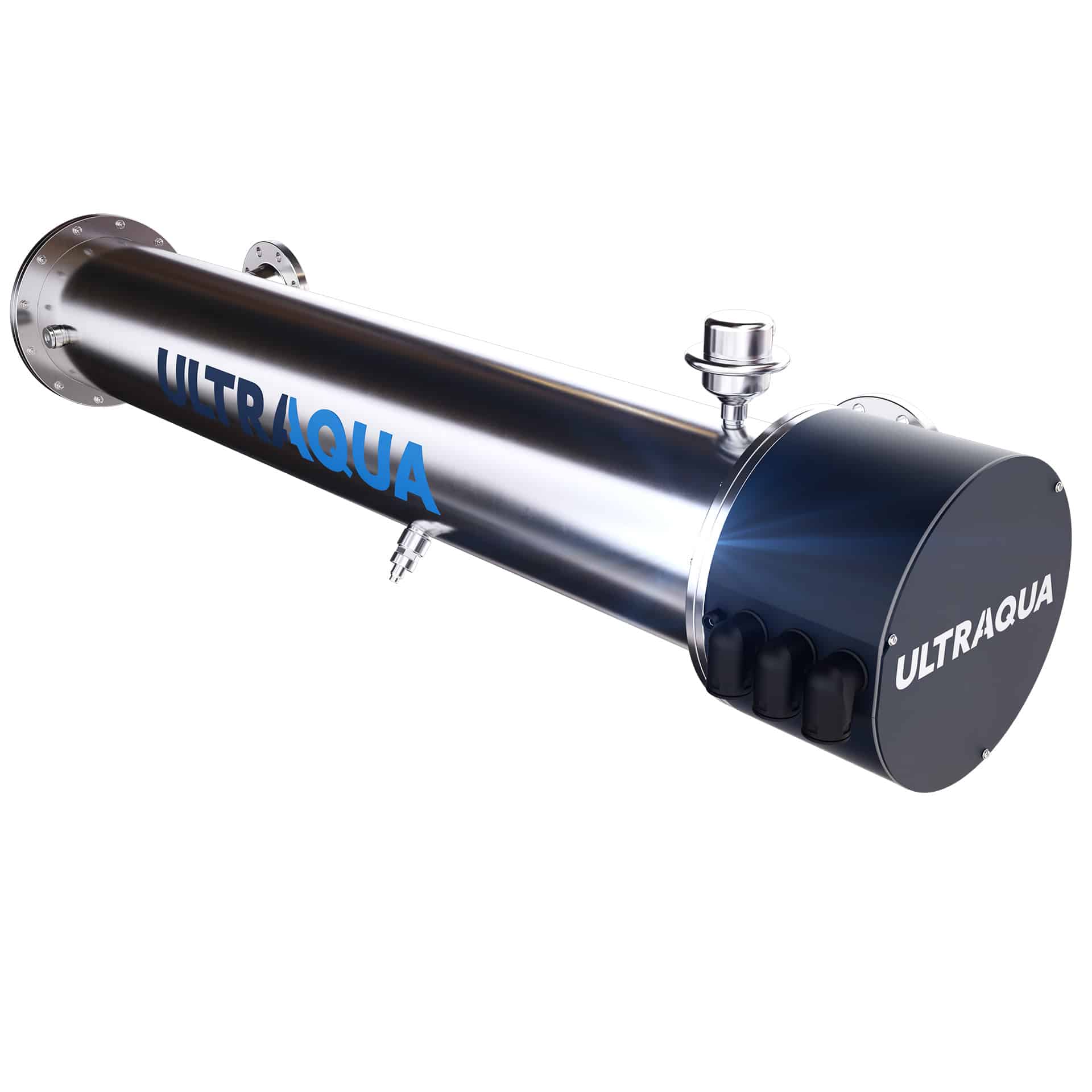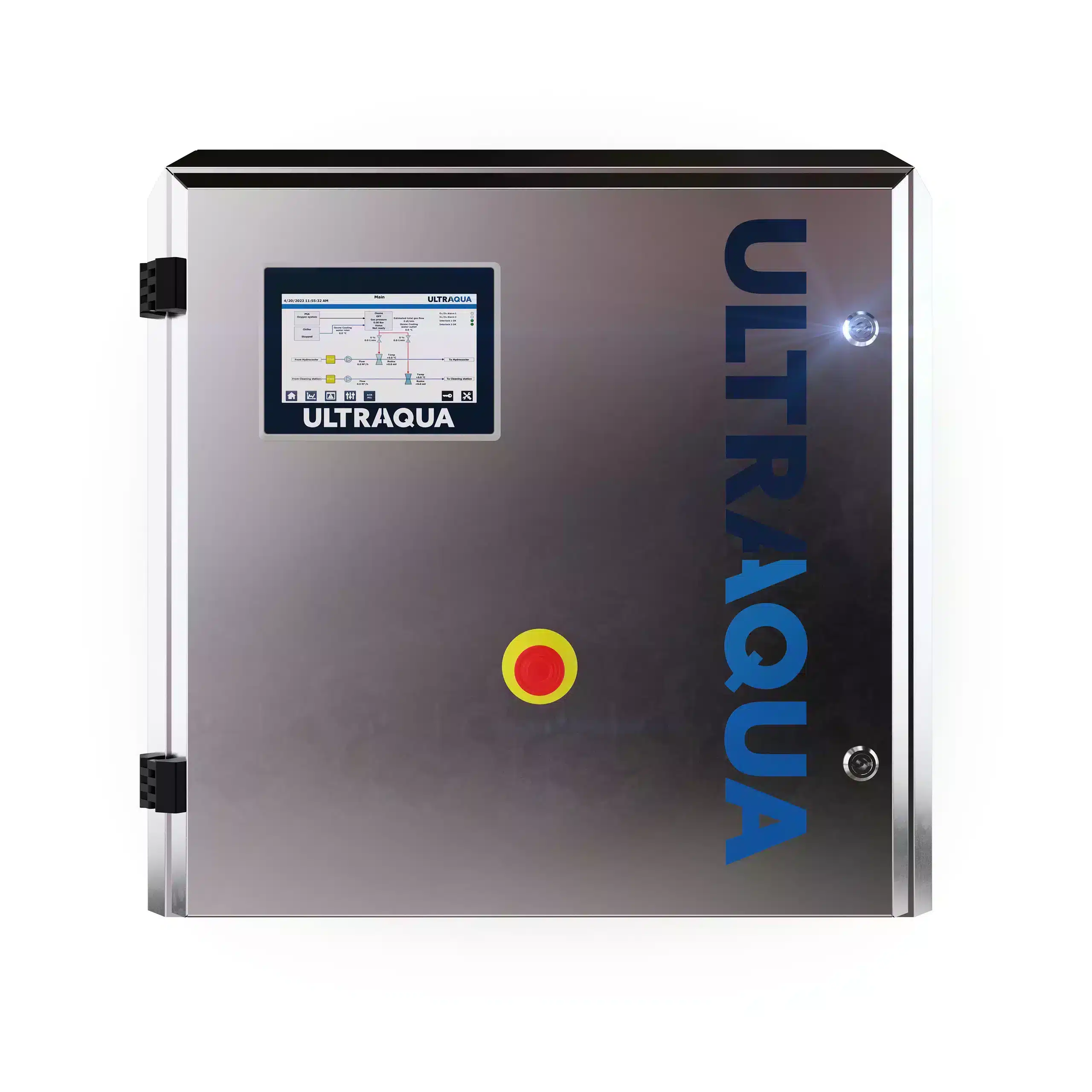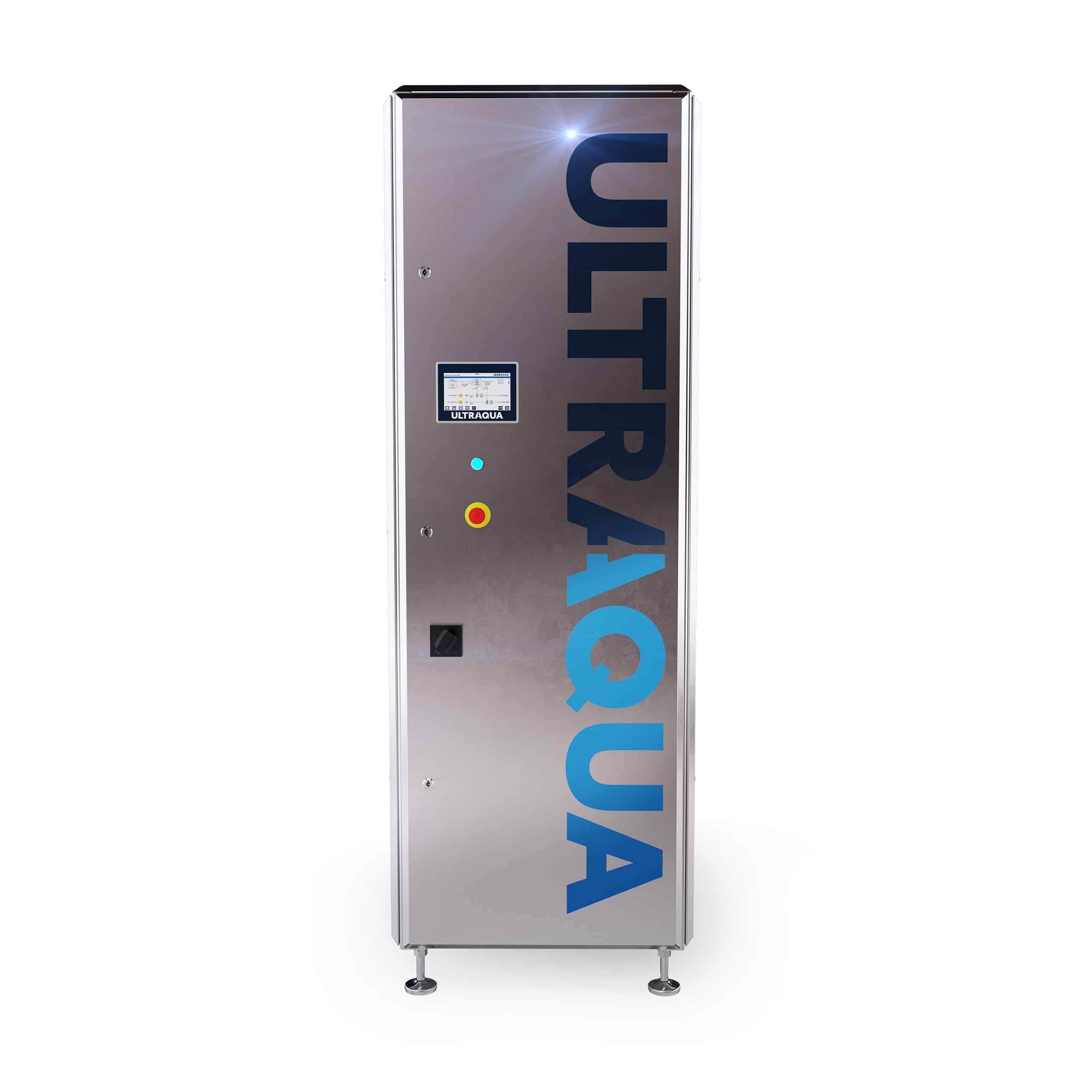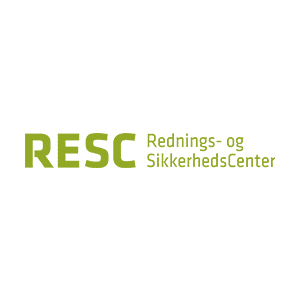UV DISINFECTION FOR GROUNDWATER CONTAMINANTS
Due to active and not always well-regulated agricultural practices over the years, the groundwater in many areas has been polluted by different types of contaminants. Today, even with active prevention, specific extraction locations, and adequate draining systems in farmlands, the groundwater is still exposed to the threat of being highly contaminated by different types of contaminants, including volatile organic compounds, algal toxins, explosives, hazardous substances, pesticides, PFAS, and others.
The chemicals used to control various types of pests found in agriculture are highly toxic for human and animal consumption posing both acute and chronic health hazards. Older types of pesticides that are outlawed by some countries, yet still used in others, can last multiple years in the soil as well. As pesticides are organic, human-made substances, a lot of them take a long time to break down, and during intense rainfall, they are able to make their way to the groundwater. Further challenges occur as these organic substances become mixed with inorganic substances, creating new unfamiliar more resilient compounds.
ULTRAAQUA UV Advanced Oxidation Process (AOP) and Total Organic Carbon (TOC) systems are able to oxidize even the most complex chemical compounds. By implementing the ULTRAAQUA UV AOP or TOC processes, water treatment facilities become able to deliver secure drinking water to the public.
FREQUENTLY ASKED QUESTIONS (FAQ)
Find frequently asked questions regarding UV disinfection for this application by clicking on a question below.
What range of groundwater contaminants does UV treatment address?
UV treatment is effective against a wide range of biological contaminants in groundwater. However, it may be beneficial to utilize other treatment methods in conjunction, to achieve the required comprehensive water quality improvement.
How does UV treatment compare to traditional groundwater treatment methods?
UV treatment offers a chemical-free alternative to traditional groundwater treatment methods, avoiding the use of potentially harmful chemicals to reduce the impact on our groundwater.
Is UV disinfection suitable for large-scale groundwater treatment applications?
UV disinfection systems are scalable to suit virtually any groundwater treatment application, providing an effective and efficient solution for groundwater protection. For complex cases, it may be beneficial to utilize other treatment methods in conjunction with UV disinfection.
How does UV align with general sustainability goals in groundwater disinfection?
UV treatment provides a safe, chemical-free, effective, and environmentally friendly method of water disinfection, preserving the quality of our vital groundwater resources.
